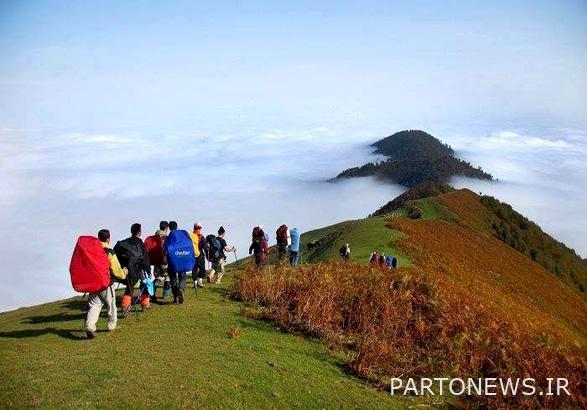Sports tourism development strategies

Tourism has emerged in the third millennium as one of the most important drivers of economic development and one of the three most important income-generating industries in the world along with the oil and automobile industries; And now most of the different countries of the world are always trying to formulate different strategies to get the most out of this large and valuable industry. According to the statistics of various international organizations, sports tourism is one of the methods of tourism that accounts for between 5 and 11% of all tourist trips in the world annually.
On the other hand, the increase of major sporting events in the world such as the Olympics and world cups has made sport a major industry in the leisure sector, so in the same way, sport has found an inseparable link with the tourism industry to be a new and popular type of tourism in the world. Form the name of sports tourism; Because one of the necessities of attracting sports tourists is hosting big competitions that can create great economic, sports, cultural and social changes at a high international level, or in a new way as virtual tourism in various fields by highlighting the capacity and natural and attractive attractions of each The region on social networks can provide the ground for the presence of sports tourists.
Sports tourism needs opportunities that, while flourishing and realizing this comparative advantage, contribute to the realization of the desired landscape and the desired spatial organization of the land. Deep valleys, high mountains, waterfalls, roaring rivers, high and snowy peaks, deep and long valleys, glacial valleys, permanent rivers, a wide variety of flora and fauna, foothill villages, etc. in Iran have made many areas within the scope of sports tourism development. Have. Sports such as climbing, surfing, air sports, skiing, mountaineering, rafting, mountain biking, mountain horseback riding, mountain biking, kayaking and… are among the types of sports tourism that can be realized in Iran.
Carrying out activities such as promoting sports attractions and traditional sports, indigenous and local games, developing infrastructure related to winter sports, creating a sports tourism information system and creating an extensive advertising network, creating various sports facilities in tourist areas and standardizing sports venues and facilities, developing eco culture Sports tourism in the community and can be helpful in this regard.
There are strategic plans for the development of sports tourism industry in all parts of Iran and it is a good opportunity to show the capabilities of the province and attract tourists. Sports tourism is one of the capacities of tourism in the society because in addition to social vitality, sport also leads to spiritual vitality.
Our country, despite its many capabilities and capabilities in the field of sports tourism development, can gain a worthy share of this type of tourism, and by identifying these capabilities, it can turn this area into an important tourism region as part of Iran’s attractive body. Sport tourism over time has gained an important position among the types of tourism and is an effective factor in the economic and social restructuring in developing countries.
Sports tourism can have a significant impact on economic, social, sports, cultural and environmental fields, and one of them is reducing unemployment, development, better understanding of the culture and customs of the region.
The family sports tourism project aims to improve the level of health in the community, increase the share of sports in enriching leisure time and public education about the importance of a clean and healthy environment. Although it is not possible to predict the exact time of the end of the Covid 19 epidemic crisis and the beginning of the safe and secure tourism season, the issue of health threats due to inactivity should be considered and sports and nature tourism should be included in their daily routine; Therefore, policies and planning for this type of tourism should be based on the potentials and capacities of the region.
.

